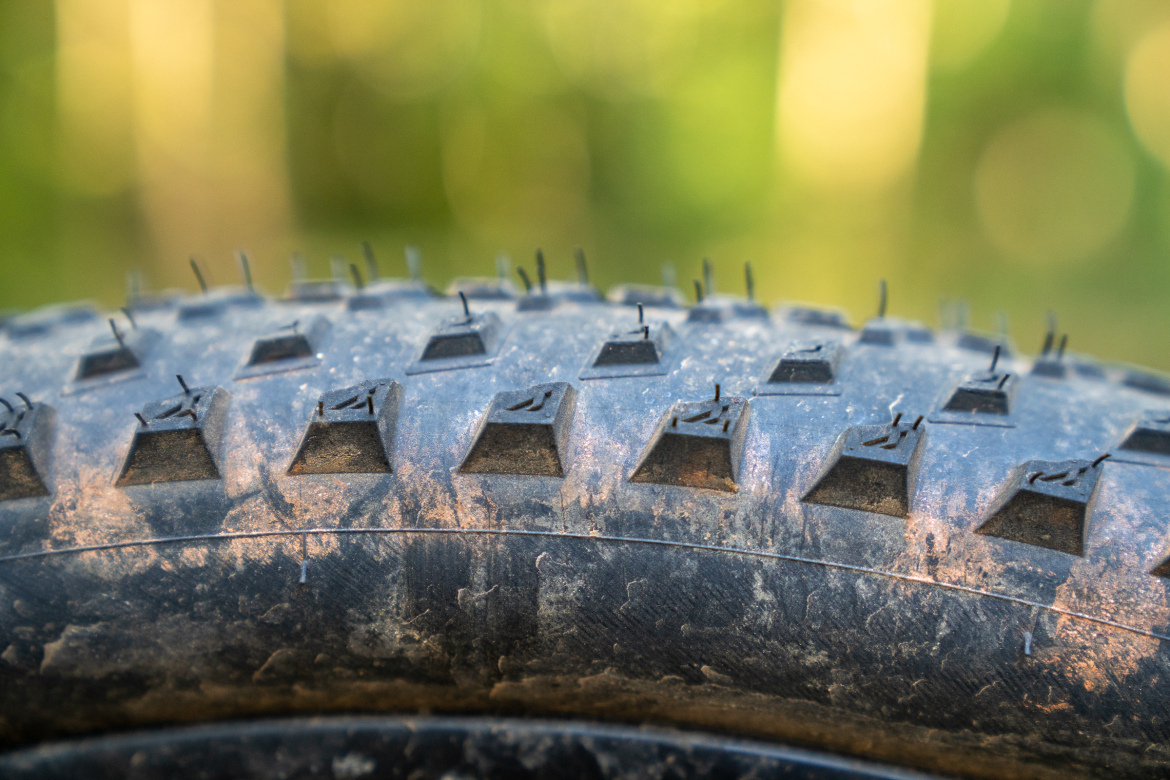
The Pirelli Scorpion XC M is marketed as a race-ready cross-country mountain bike tire optimized to roll fast in a variety of conditions. After testing the tire front and rear, I found it delivers on some promises better than others. The tire’s low rolling resistance and reliable grip does make it a solid choice for pedaling fast and light, whether that’s on the XC race course or possibly bikepacking across mixed surfaces.
Pirelli Scorpion XC M key specs
- Tested: 29×2.4″ with Pro Wall casing and Race compound. A 2.2″ version is also available, along with other casing/compound combinations.
- Weight: 730g as tested
- Price: $88.90
- Buy from Jenson USA
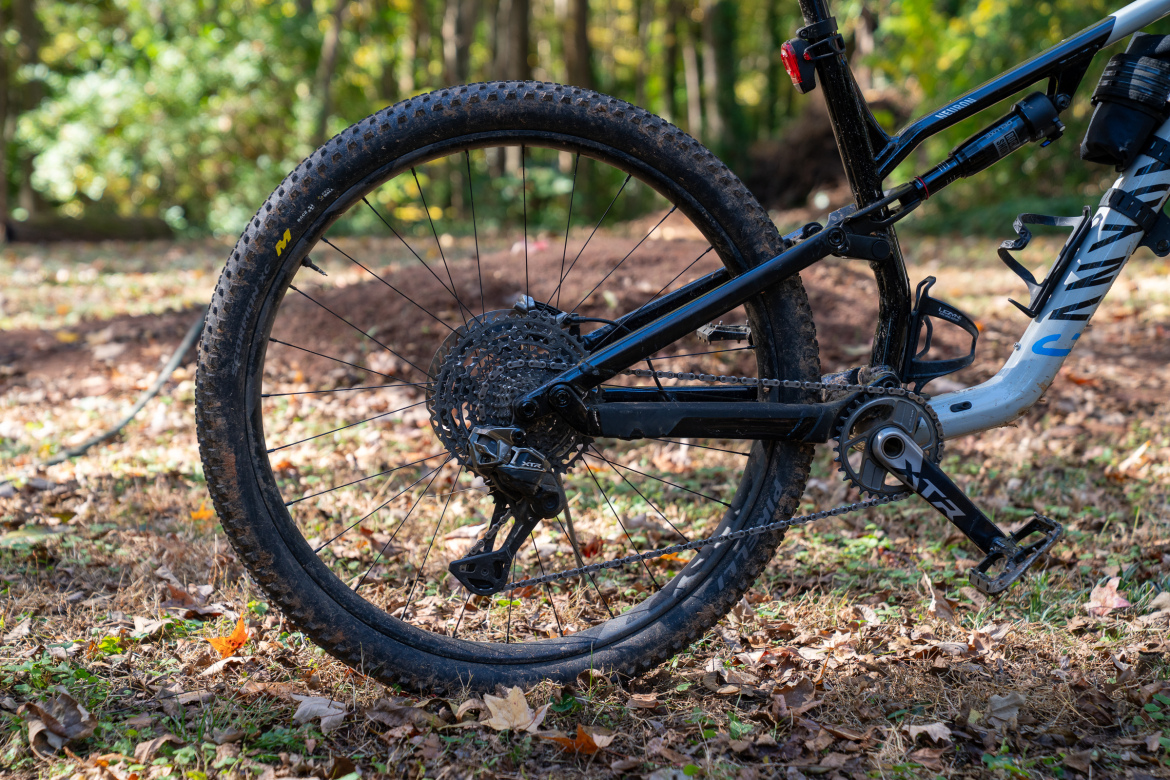
Performance on the trail
The Scorpion XC M features a medium-height tread pattern with evenly spaced knobs that’s clearly designed with speed in mind. Running the tire with a Pro Wall casing adds a layer of sidewall protection without adding too much weight, keeping it in the lightweight category at 730g.
On dry and hardpack trails, the Scorpion XC M rolls fast and delivers dependable traction. Mounting it as a rear tire on my trail bike, I found it grips well on the climbs — as long as they’re not too loose — and offers decent braking control. The tire doesn’t feel draggy, which is exactly what you want from a race-oriented tire.
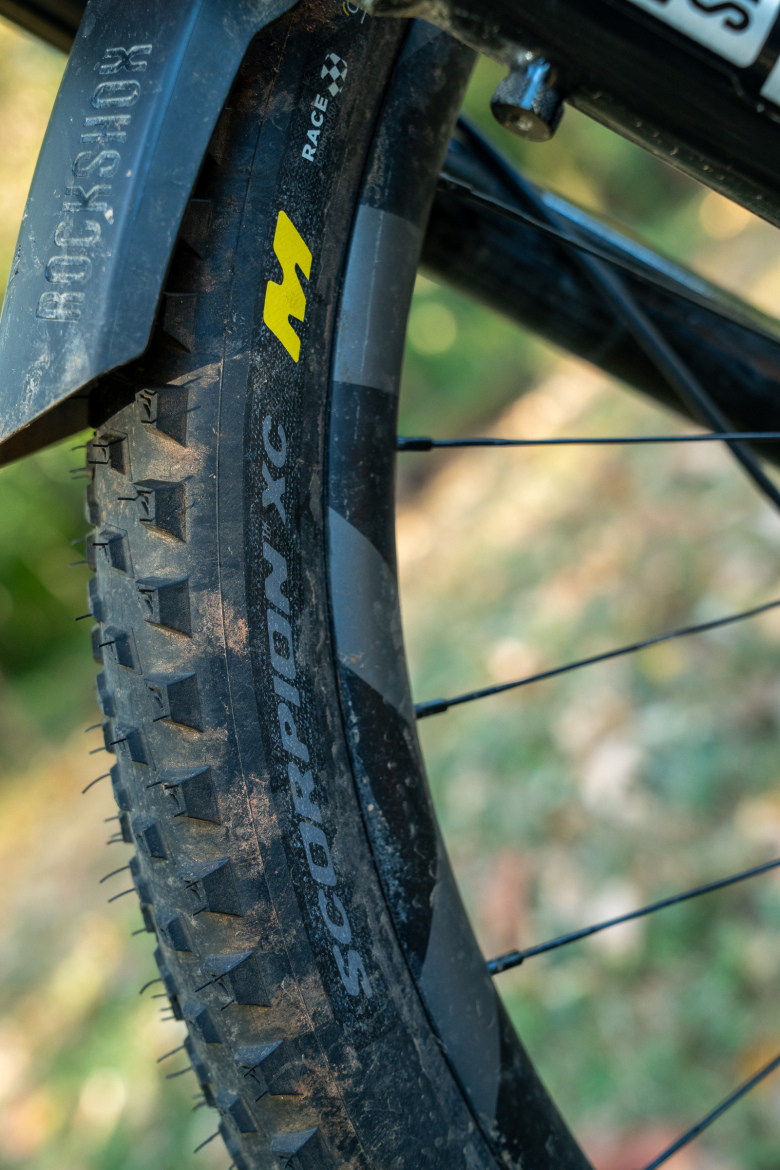
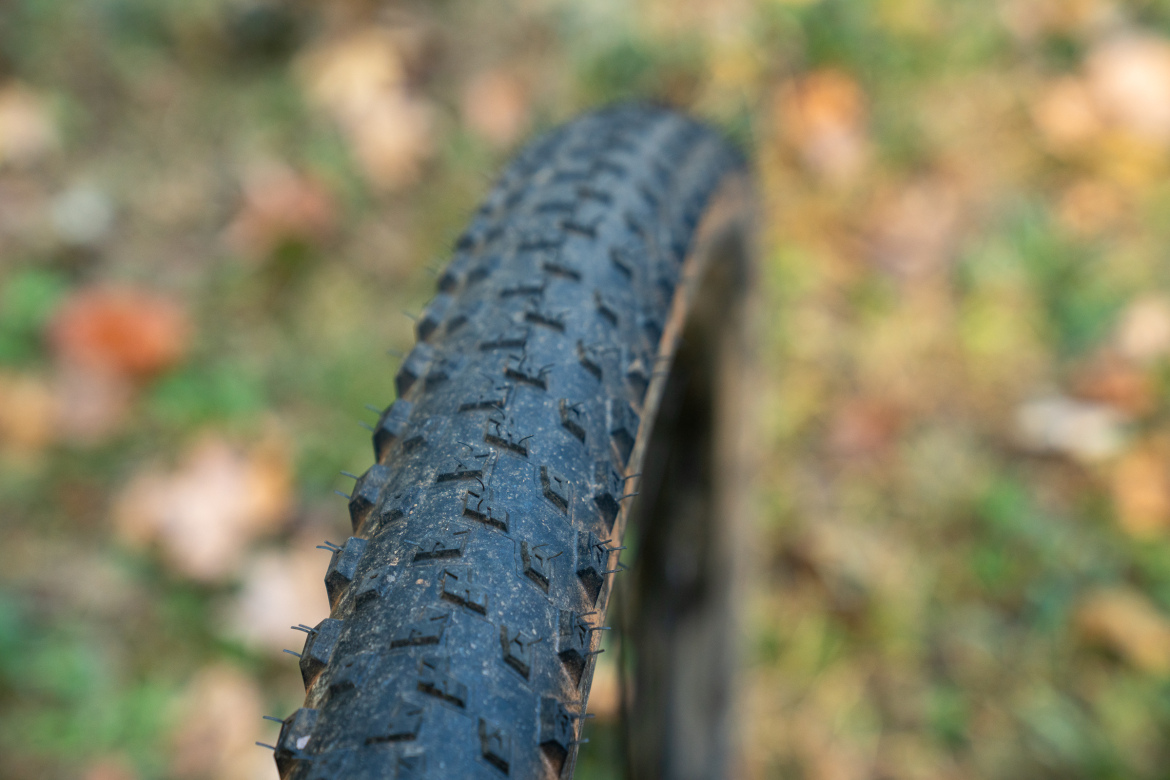
Up front, however, the Scorpion XC M doesn’t inspire quite as much confidence. Its cornering performance is less robust than I’d like, especially when running higher pressures to compensate for the tire’s lightweight construction. The tire, with “medium tread height and spacing,” plus a round profile, transitions just fine; it just doesn’t feel super supported when the tire is fully sideways.
Reviewer profile height: 190cm (6’3″) weight: 75kg (165lb) testing zone: Southeast, USA
The Scorpion XC M works well enough for XC riding on groomed courses, but for everyday rides where conditions are less predictable, I’d prefer something with beefier side knobs in the front.
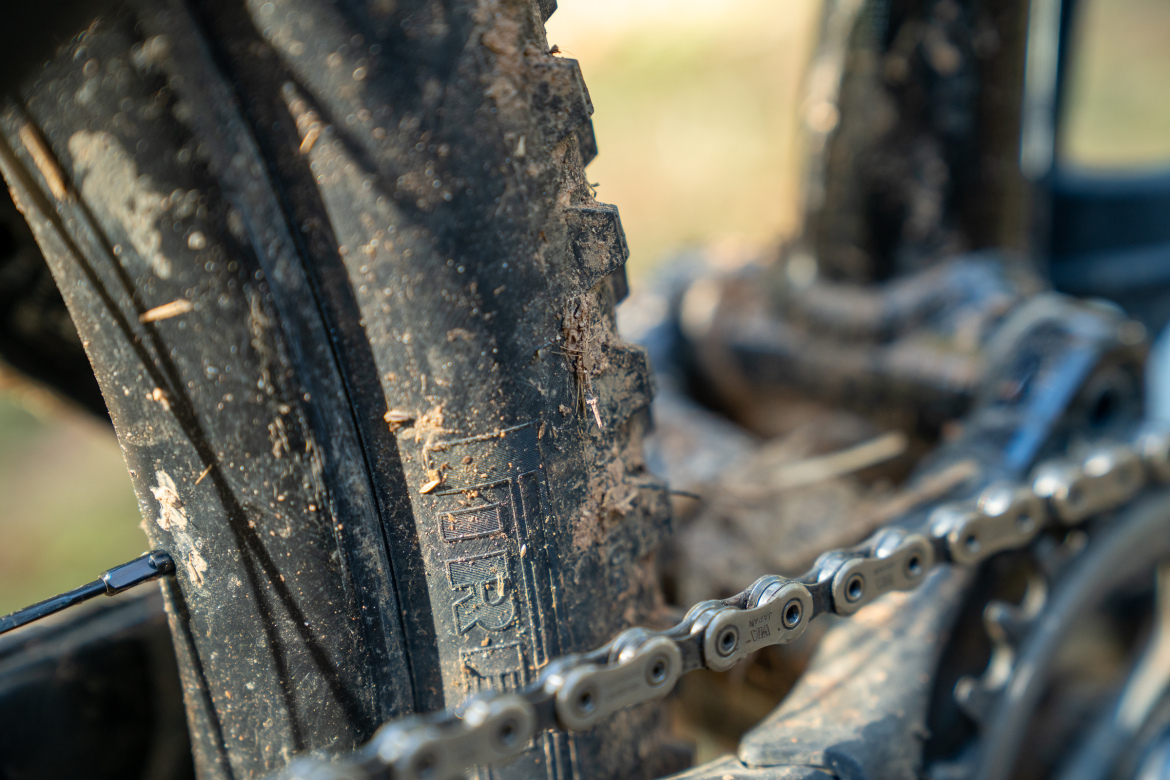
Pirelli touts the Race XC compound’s performance in wet conditions, and I can confirm it handles wet roots and damp trails pretty well. The widely spaced tread leaves plenty of room for mud and sticky Georgia red clay to slide right off, never packing in. However, on chunky, loose climbs, the rear tire tends to break traction more quickly than the more aggressive (and heavier) tires I’ve tested.
There’s a trade-off: you get speed and low rolling resistance, but you sacrifice some of that all-terrain grip in the loosest conditions. Pirelli does offer rear-specific versions of the Scorpion XC tire — one for hardpack, and another for more technical tracks — that should deliver improved traction over the more general-purpose XC M that I tested.
Based on my tests, I’m pretty happy with the Scorpion XC M as a rear tire for light-duty trail rides or straight XC-style riding. I’d seriously consider running it front and rear for bikepacking as well; it’s pretty well-suited for a race like the Huracan 300 in Florida.

Surprisingly rugged construction
I tested the Scorpion XC M along with the Continental Trinotal, another lightweight mixed conditions tire. Though the Trinotal casing feels more robust than the Scorpion XC casing, I tore the sidewall on the Continental tire during my first ride on a rocky, backcountry descent, despite doing my best to ride light on my toes. To be fair, the Trinotal was mounted in the rear while the Scorpion XC was up front, so I don’t know for sure if the Scorpion could have stood up to the same abuse.
In subsequent tests with the Scorpion XC in the rear, I never experienced a flat tire, even riding janky, in-town trails. The tire has proven more durable than I initially expected, especially considering its race-focused design. That’s impressive for a tire this light, and it speaks to the effectiveness of the Pro Wall casing. There’s a lighter-weight “Lite” casing version that does away with the sidewall protection layer, though for me that would be a race-day only tire, if at all.
Mounting and setup
Getting the Scorpion XC M mounted was more challenging than usual. On 30mm rims, the tire fits extremely tightly, making it difficult to inflate with a floor pump. I eventually got the bead to seat with an air compressor, but it took more effort than I would have liked. I thought when I swapped the tire from front to rear it would be a little looser, but no. It was still an extremely tight fit.
Once mounted and inflated, however, the tire held pressure well, and I haven’t experienced any burping or abnormal pressure loss.
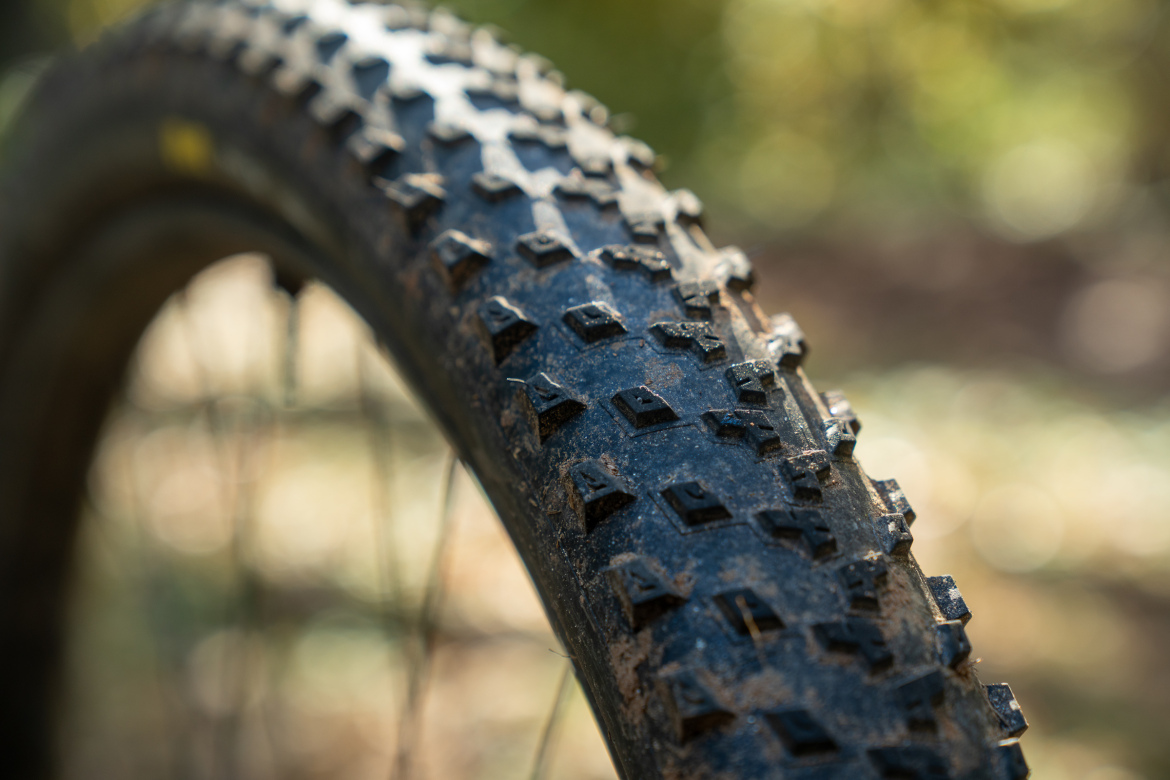
Where the Scorpion XC M makes sense
I’d choose the Scorpion XC M for bikepacking along a multi-surface route that mixes pavement, gravel, and singletrack. The low rolling resistance provides an efficient ride on smooth sections, while the volume of the 2.4-inch-wide tire and medium-height knobs deliver confidence on rougher terrain.
For pure everyday trail rides, I like pairing it with a beefier front tire that can handle aggressive cornering. Still, this isn’t my top choice for especially rocky or technical trails with loose or sharp edges.
Share your Pirelli Scorpion XC M review
Pros and cons of Pirelli Scorpion XC M
Pros
- Lightweight and fast rolling
- Surprisingly durable given its weight and construction, though not designed for everyday trail rides
Cons
- Limited grip in loose conditions
- Front-tire cornering isn’t great
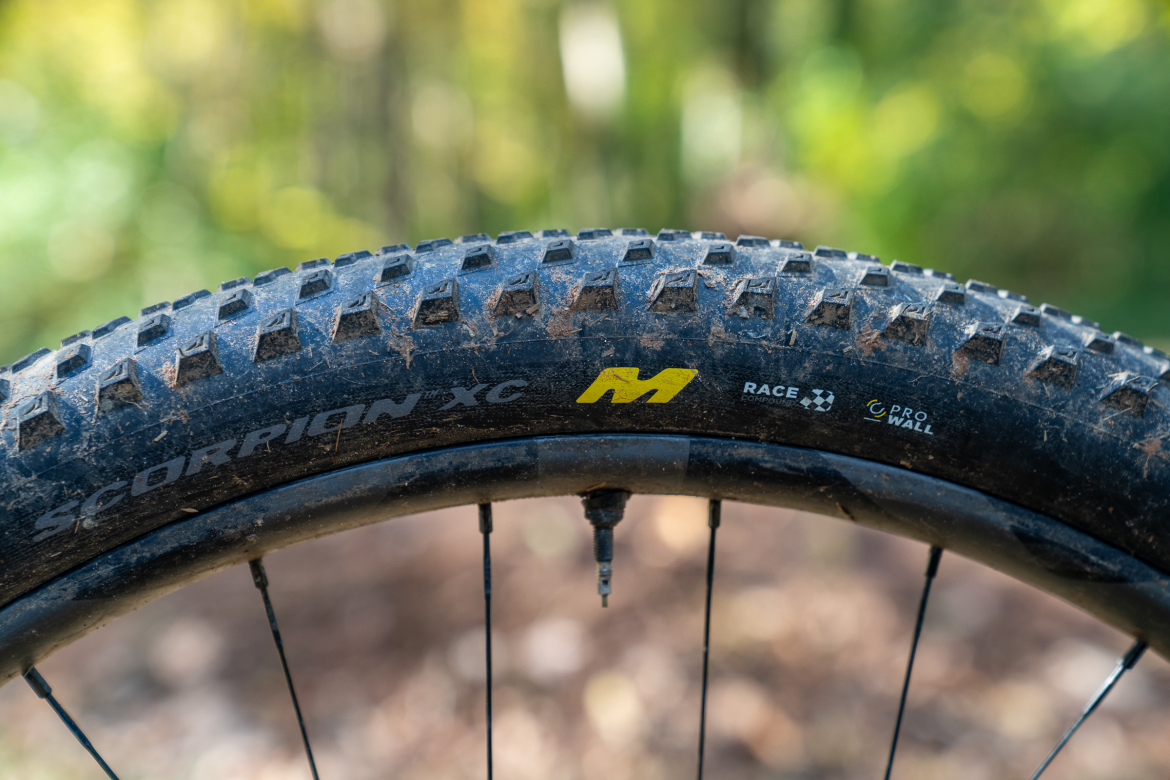
Bottom line
The Pirelli Scorpion XC M is a surprisingly durable lightweight tire that’s well-suited for XC rides and the right bikepacking route. Though it’s not marketed as a rear-specific tire, I like it better in that position for casual trail rides.


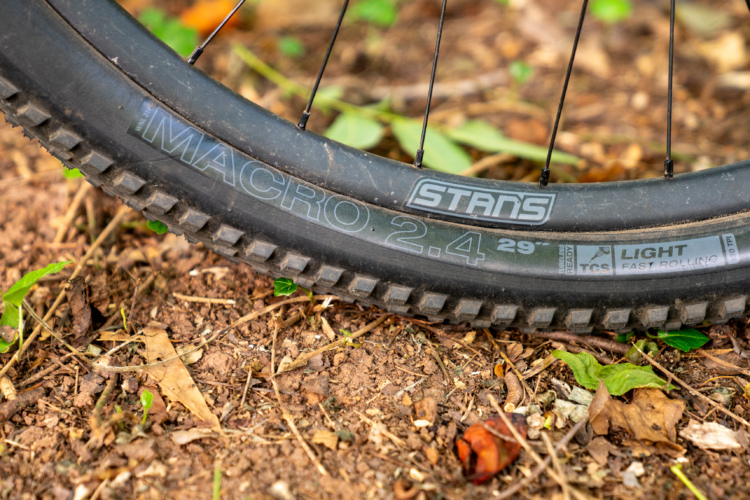

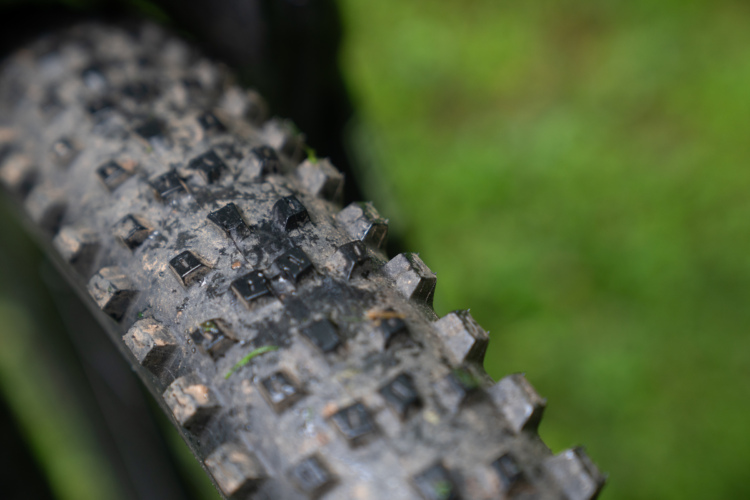






1 Comments
Nov 8, 2025